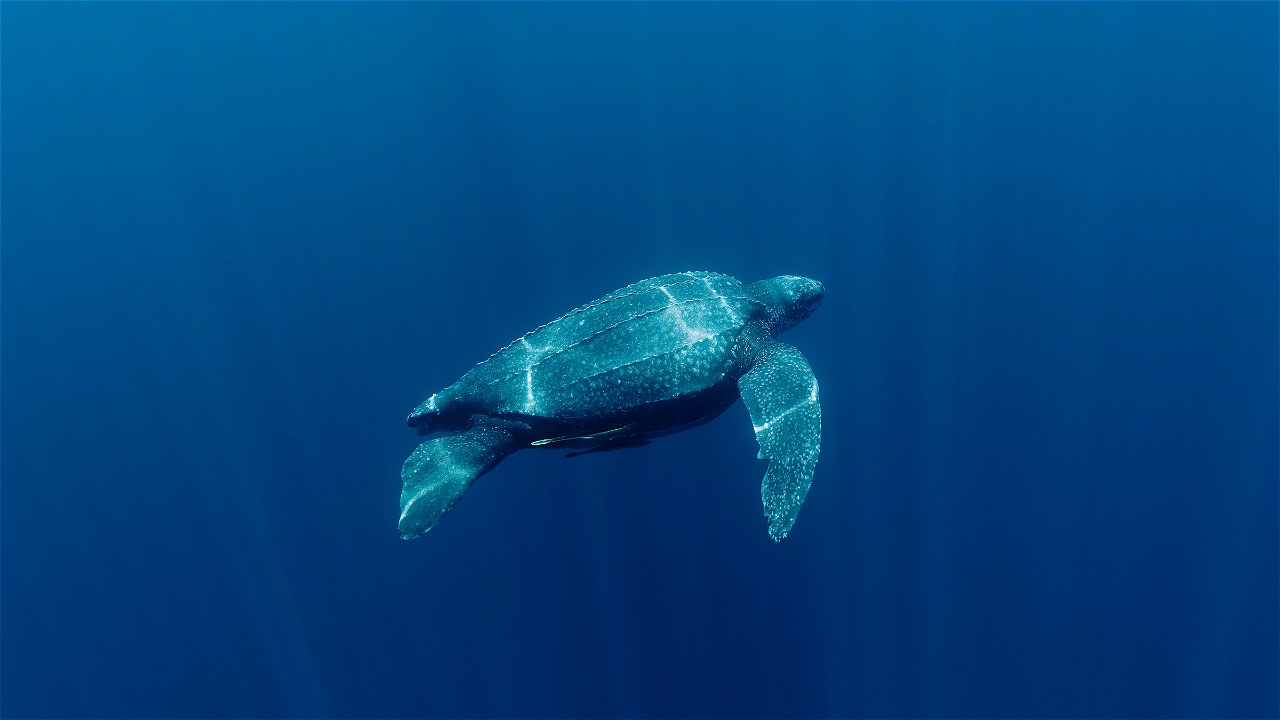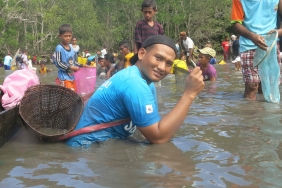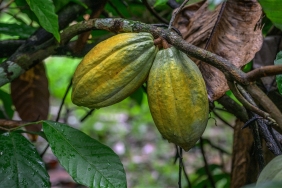MOBILIZING TOGETHER FOR THE DELIMITATION OF THE JEEN WOMOM COASTAL PARK AREA
By: Hadi V. Ferdinandus
The beach area once known as Jamursba Medi Beach is the longest leatherback turtle nesting beach in the Western Pacific region. The name Jamursba Medi beach is now replaced by the community with the name Jeen Womom. The name Jeen Womom is taken from the language of the Abun Tribe as the customary owner of the beach which means leatherback turtle beach. However, the name change does not necessarily eliminate the community's concerns about the emergence of forest encroachment activities and other environmental damage disturbances.
One of the efforts to overcome these concerns, the community around the nesting beach together with WWF Indonesia identified the outer boundaries of the area allocated as a protected area where turtles lay their eggs. This activity involved indigenous people from three villages; Wau/Weyaf, Warmandi and Saubeba to jointly determine the space for turtle nesting beach conservation areas. Ronald Tethool as Project Leader Site Abun, WWF Indonesia explained, "community involvement is a strong foundation in the management and zoning of the area. This is what encourages WWF and the community to conduct participatory mapping since 2014, especially in the three main villages around the nesting beach area."
WWF trained Team 15 and village youths to become participatory mapping facilitators. Team 15 is a team of five community representatives from each village (Wau/Weyaf, Warmandi and Saubeba). The purpose of forming Team 15 is to facilitate communication and coordination at the village community level. Participatory mapping facilitators are also equipped with knowledge of area management that refers to the management of coastal areas and small islands. Furthermore, the facilitators conducted socialization and meetings in Saubeba, Warmandi and Wau/Weyaf villages for one month to provide an understanding of the importance of identifying the outer boundaries of turtle protection areas.
During August - November 2015, WWF together with Team 15 and facilitators conducted identification and analysis at the village level. This resulted in the determination of the customary protection boundary of the leatherback turtle area on Jeen Womom beach, which is 2 km from the coastline towards the forest. This result then became a recommendation to the local government to revise the Decree of the Regent of Tambrauw in 2013 concerning the Reserve of the Jamursba Medi Coastal Park Conservation Area and the Surrounding Sea.
WWF and the community continue to mobilize so that this area really gets the certainty of good management. One of the satisfactory results, the Regent of Tambrauw approved the regulation of the establishment of the technical implementation unit (UPTD) of Jeen Womom Coastal Park. Furthermore, on November 19, 2015, the Head of Technical Implementation Unit (UPTD) of Jeen Womom Coastal Park Conservation Area was officially inaugurated by the Regent. This UPTD will manage the leatherback turtle nesting beach area and is under the coordination of the Department of Marine Affairs and Fisheries of Tambrauw Regency.
The next task, WWF Indonesia and Team 15 will assist the UPTD with clear targets and with existing capabilities. Good area management will determine the fate of the leatherback turtle population and the status of Jeen Womom beach as the longest leatherback turtle nesting beach area in the Western Pacific region.





